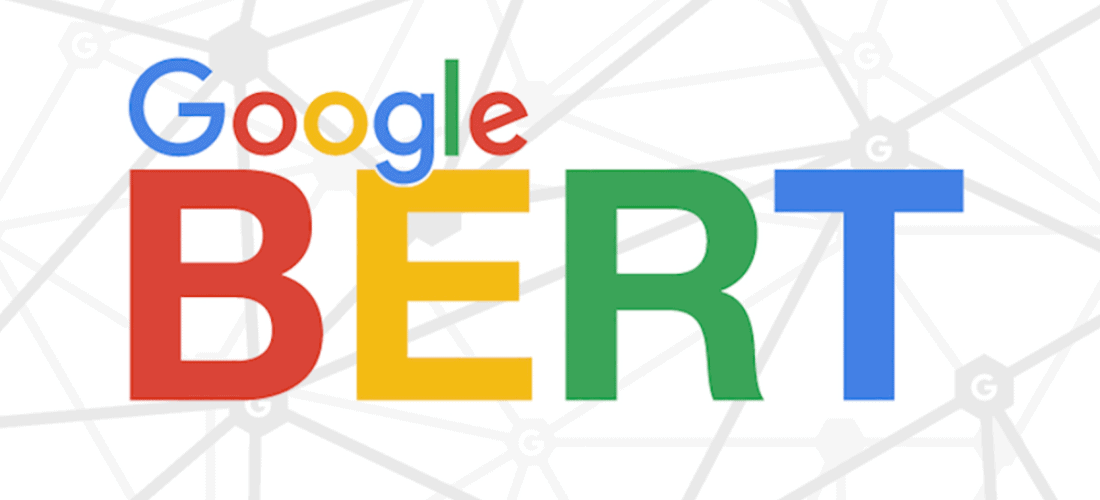New research into artificial intelligence (AI) language models is revealing their growing ability to handle multiple languages, presenting significant opportunities for businesses worldwide. As companies expand globally, AI tools that navigate linguistic diversity are becoming increasingly essential for customer engagement and operations.
This technological shift is particularly relevant in Africa, where diverse linguistic landscapes have driven the creation of tools that cater to local languages. African tech firms, like Lelapa AI, recently launched InkubaLM, Africa’s first multilingual AI language model. This platform supports five languages, including Swahili and isiZulu, helping businesses and governments alike tap into the continent’s linguistic diversity.
According to Eleanor Lightbody, CEO of AI company Luminance, “Contracts are the backbone of business operations, and to scale effectively, companies need tools that transcend language barriers and enable global engagement.” Multilingual large language models (LLMs) allow businesses to do just that. These AI systems, trained on vast amounts of text from various languages, are capable of tasks like translation, sentiment analysis, and cross-lingual information retrieval, essential for global commerce.
Leading the development of these multilingual models are initiatives like Google’s BERT, Meta’s “No Language Left Behind” project, and Facebook AI’s XLM-R model. These tools can handle up to 200 languages, allowing businesses to interact with a global customer base without losing linguistic or cultural nuance. For instance, XLM-R can assess sentiment in product reviews written in Thai, Russian, or Swahili, offering businesses valuable insights into global market trends.

Researchers have also made strides in understanding how AI processes multilingual tasks. A recent study on the “Multilingual Workflow” reveals that AI systems convert input into English before performing tasks and translating the results back into the original language. Fine-tuning these models, even slightly, has been shown to improve accuracy across both high-resource and low-resource languages.
As AI’s multilingual capabilities advance, businesses are increasingly adopting these tools to enhance their operations. Bua, a natural language processing suite developed by South Africa’s Botlhale AI Solutions, has seen significant growth in sectors like customer service. The platform is currently used by major African companies such as Multichoice and MTN.
With the rise of multilingual AI systems, the future of global business looks poised to become more inclusive, efficient, and linguistically diverse. As Kyran Schmidt, co-founder of Outverse, notes, “Businesses can leverage LLMs by training them in multiple languages, allowing for personalized customer support and boosting engagement.”
These advancements promise to reshape the way companies engage with international markets, providing a critical edge in the ever-evolving business frontier.

[…] and thorough vetting process, Investors Club aims to connect qualified buyers with lucrative online business […]